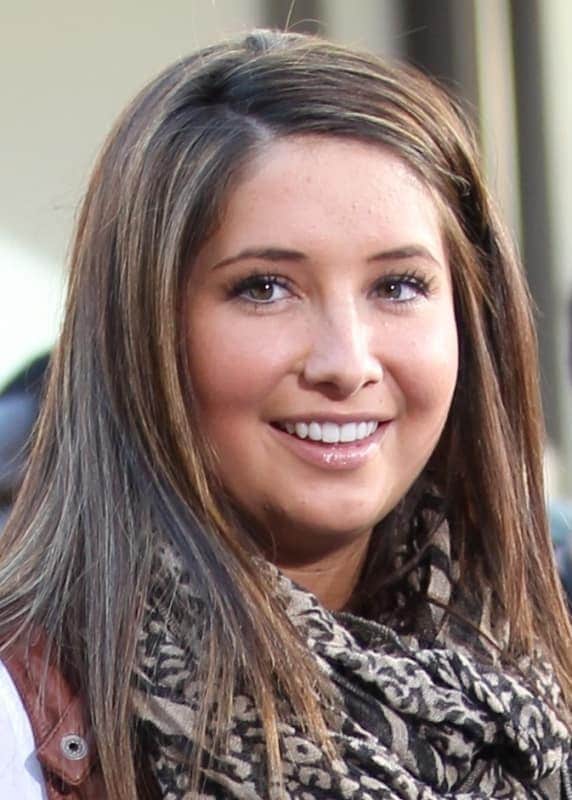I am frequently asked when breast implants should be “changed out” or replaced for safety’s sake. Accompanying such queries are oft paraphrased references to an article in “Allure” or similar pulp magazine (masquerading as an authority ) stating that implants should be changed every ten years. Not only is this erroneous in my opinion but also bad medicine, since such articles carelessly promote unnecessary operations. We all know that unnecessary surgery can lead to avoidable complications, but it is little known that silicone breast implants are the MOST studied medical device in the whole history of medicine!
There is basically no statistically significant evidence implicating silicone implants as causal to autoimmune disease (such as rheumatoid arthritis, lupus pr scleroderma) or any other medical conditions for that matter. Indeed, an article published in our peer-reviewed journal, Plastic and Reconstructive Surgery (vol. 114, no. 1) states that “implant rupture is a relatively harmless condition”, that does not lead to the formation of autoimmune disease.
Then why is there a continuing controversy fueled by a minor, but vocal minority? To state that this polemic is fueled by a political and not a scientific issue is an understatement.
As a testament to the times we live in, the FDA in its infinite wisdom bows down to such nonsense. The “organization” has recently vindicated silicone gel implants but only with certain caveats. The FDA recommends that patients with silicone breast implants get an expensive MRI study to detect any silicone implant leaks as early as three years after initial implantation and every other year thereafter. For what purpose, I don’t know. Modern silicone gel implants have rupture rates of less than 1% per year (based on old data) and MRI studies are quite fallible in detecting true leaks. Hence, many unnecessary and costly studies would be performed to little or no avail. Patients will foot the bills since insurance companies will rarely cover such softly-indicated exams. To add insult to injury, the FDA recommends that only women over the age of 22 are qualified to undergo breast implantation utilizing silicone gel implants.
What is the mystique surrounding the age of 22? Teens over 16 can drive cars, those over 18 can fight and kill in the armed forces (which is decidedly unhealthy in my opinion) and indeed 18 year olds can legally participate in unprotected sex in pornographic films! But are they mature enough to decide whether they can have silicone breast implants? God forbid no, according to the pious FDA! What is their reasoning behind their conclusions?
The FDA claims that women are not mature enough to decide whether they should undergo silicone breast augmentation and that their breasts are still actively changing during the late teen-to-early twenty period. We, as plastic surgeons, know that this argument holds no water since women’s breasts change throughout their lifetime! Breast enlarge and deflate with weight change, pregnancy and nursing yet the FDA thinks that placing silicone gel implants within these women (who are over 22) is fine.
I just loathe the stupid hypocrisy of all of our institutions under which we are governed. A certain Dr Thomas Wiener of Houston has written a succinct letter which he distributes to all of his patients seeking silicone breast augmentation. I have included it here for your reference.
MRI Recommmdation After Silicone Gel Breast Augmentation
1) The FDA has recommended an MRl of the breasts at three years post-op and every two
years after. You are currently at one of these postoperative time frames.
2) Most sIlicone gel implant ruptures are silent. In other words, there are no symptoms.
3) MRI is not 100 percent accurate. Some intact implants wll appear ruptured, and some ruptured implants will appear intact.
This is not a fault of the radiologist or the MRl – this is the limitation of the technology.
4) Over many years of research, there is no indication that a ruptured implant will cause any disease.
5) If an MRI indicates a ruptured implant but at surgery it is found to be intact, for Allergan implants, the manufacturer’s full warranty still applies. For Mentor implants, the manufacturer will provide the implant replacement but no financial assistance.
6) You must understand that because of the limits of MRl technology, you may have surgery for an implant that is found to be intact, but you will still have undergone the possible risks and complimtions of surgery.
7) In most countries outside of the United States, the equivalent of the FDA does not recommend routine follow-up MRl.
8) The cost of the MRl is your responsibility.
Your insurance company and the implant manufacturer will not pay for this.
The decision to proceed with a postoperative MRI must be made by you, the patient, based on the above information and the information provided to you prior to surgery in the manufacturer’s FDA brochure.

















